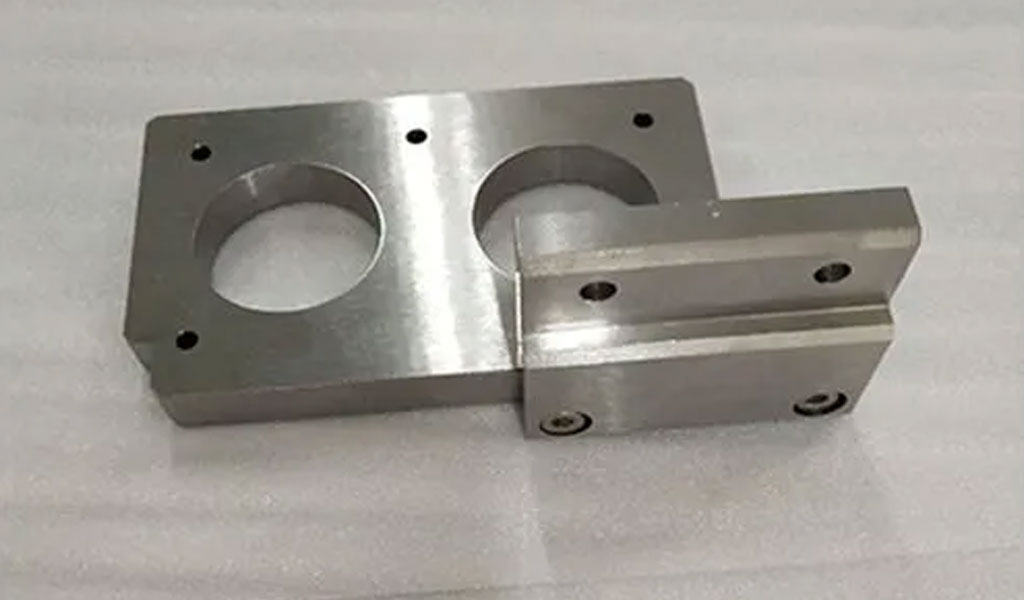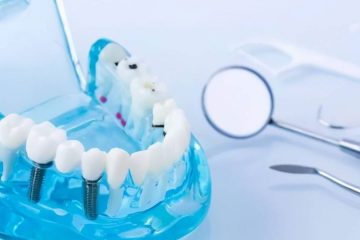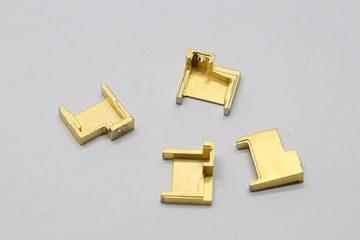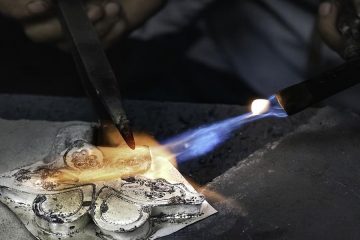Stainless steel is the abbreviation of stainless acid-resistant steel. The steel grades that are resistant to weak corrosive media such as air, steam, and water, or have stainless properties are called stainless steel, and those that are resistant to chemical corrosion media (acid, alkali, salt, etc.) The steel type is called acid-resistant steel. Due to the difference in chemical composition of the two, their corrosion resistance is different. Ordinary stainless steel is generally not resistant to chemical medium corrosion, while acid-resistant steel is generally stainless. The following is a brief introduction to the performance and application range of several commonly used stainless steels:
304 stainless steel
Performance introduction: 304 stainless steel is the most common steel type. As a widely used steel, it has good corrosion resistance, heat resistance, low temperature strength and mechanical properties; it has good hot workability such as stamping and bending, and has no heat treatment hardening phenomenon. (Non-magnetic, use temperature -196°C ~ 800°C).
Scope of application: Household goods (category 1 and 2 tableware, cabinets, indoor pipelines, water heaters, boilers, bathtubs); auto parts (windshield wipers, mufflers, molded products); medical appliances, building materials, chemicals, food industry, agriculture, ship parts
304L stainless steel (L is low carbon)
Performance introduction: As a low-carbon 304 steel, its corrosion resistance is similar to that of 304 steel under normal conditions, but after welding or stress relief, its resistance to intergranular corrosion is excellent; without heat treatment, it is also Can maintain good corrosion resistance, use temperature -196 ℃ ~ 800 ℃.
Scope of application: Applied to field machines in the chemical, coal and petroleum industries that require high resistance to grain boundary corrosion, heat-resistant parts of building materials and parts that are difficult to heat treat.
316 stainless steel
Performance introduction: 316 stainless steel has excellent corrosion resistance, atmospheric corrosion resistance and high temperature strength due to the addition of molybdenum, and can be used under harsh conditions; excellent work hardening (non-magnetic).
Scope of application: equipment used in seawater, chemical, dye, paper, oxalic acid, fertilizer and other production equipment; photography, food industry, facilities in coastal areas, ropes, CD rods, bolts, nuts.
316L stainless steel (L is low carbon)
Performance introduction: As a low-carbon series of 316 steel, in addition to having the same characteristics as 316 steel, it has excellent resistance to intergranular corrosion.
Scope of application: Products with special requirements for grain boundary corrosion resistance.
Why does stainless steel rust?
Why does stainless steel get rusty? When brown rust spots (points) appear on the surface of stainless steel pipes, people are surprised: they think that “stainless steel is rustless, and if it gets rusty, it is not stainless steel. It may be that there is a problem with the quality of the steel.” In fact, this is a one-sided misconception about the lack of understanding of stainless steel. Stainless steel also can get rusty under certain conditions.
Stainless steel has the ability to resist atmospheric oxidation—that is, stainless, and also has the ability to resist corrosion in media containing acids, alkalis, and salts—that is, corrosion resistance. But the size of its anti-corrosion ability is changed with the chemical composition of its steel itself, the state of reinforcement, service conditions and environmental medium type. Like 304 steel pipes, in the atmosphere of dry cleansing, absolute good resistant to tarnishing ability is arranged, but it is moved on to riviera, in containing the sea fog of a large amount of salts, will soon get rusty; good. Therefore, not any kind of stainless steel can resist corrosion and rust in any environment.
What kind of stainless steel is not easy to rust?
There are three main factors affecting the corrosion of stainless steel:
The content of alloying elements
Generally speaking, steel with a chromium content of 10.5% is not easy to rust. The higher the content of chromium and nickel, the better the corrosion resistance. For example, the content of nickel in 304 material is 8-10%, and the content of chromium reaches 18-20%. Such stainless steel will not rust under normal circumstances.
Production and smelting process
Large stainless steel factories with good smelting technology, advanced equipment and advanced technology can guarantee the control of alloy elements, the removal of impurities, and the control of billet cooling temperature. Therefore, the product quality is stable and reliable, with good internal quality and is not easy to rust. On the contrary, some small steel mills have backward equipment and backward technology. During the smelting process, impurities cannot be removed, and the products produced will inevitably rust.
External environment
It is not easy to rust in a dry and well-ventilated environment, but it is easy to rust in areas with high air humidity, continuous rainy weather, or high pH in the air. 304 stainless steel, if the surrounding environment is too bad, it will rust.
How to deal with rust spots on stainless steel?

Chemical method
Use pickling cream or spray to assist the re-passivation of the rusted parts to form a chromium oxide film to restore the corrosion resistance. After pickling, in order to remove all pollutants and acid residues, it is very important to rinse properly with clean water. After all treatment, re-polish with polishing equipment and seal with polishing wax. For those with slight rust spots, you can also use a 1:1 mixture of gasoline and engine oil to wipe off the rust spots with a clean rag.
Mechanical method
Sand blasting, shot blasting with glass or ceramic particles, obliteration, brushing and polishing. It is possible to mechanically wipe away contamination from previously removed material, polishing material or obliterating material. All kinds of contamination, especially foreign iron particles, can be a source of corrosion, especially in humid environments. Therefore, mechanically cleaned surfaces should ideally be properly cleaned under dry conditions. The use of mechanical methods can only clean the surface, and cannot change the corrosion resistance of the material itself. Therefore, it is recommended to re-polish with polishing equipment after mechanical cleaning and seal with polishing wax.


